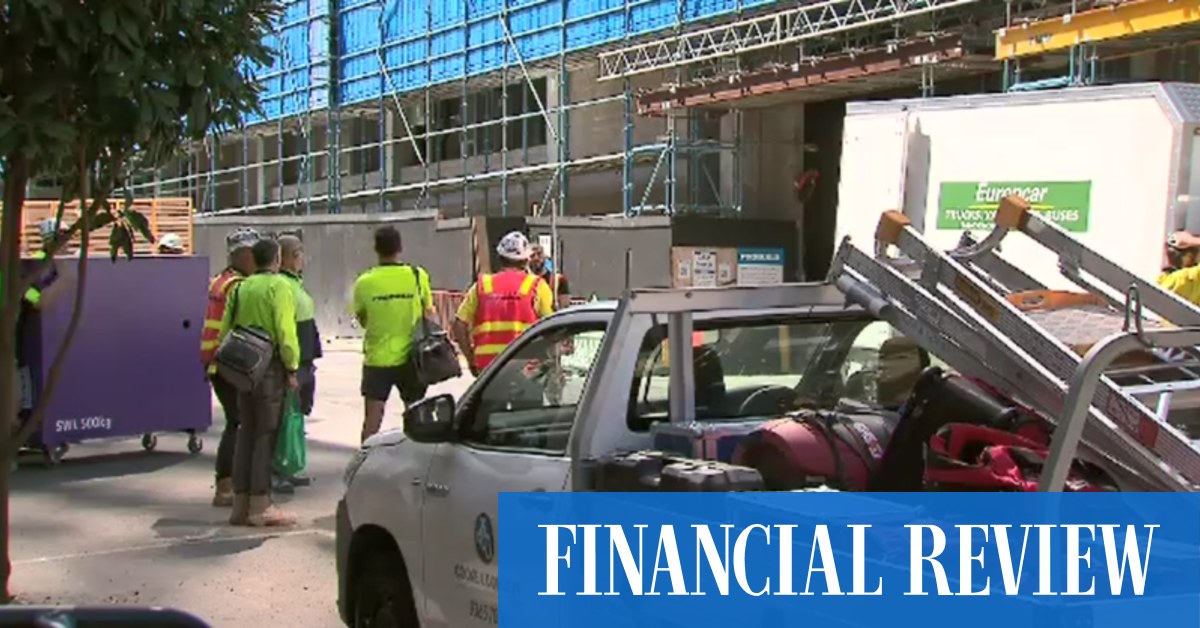
The full extent of Probuild’s projects wasn’t clear either, but a bank guarantee liability of $277 million at the end of last year indicates a workbook in the order of $5 billion-plus end value.
Insolvencies in construction are already ticking higher and if Probuild does go into liquidation, the consequences for smaller businesses could be devastating.
The administrators hope to restart work on at least one site this week.
The collapse of Probuild which records show had $311.6 million-worth of trade-related liabilities last year, reveals the problems of a “broken system” in which large contractors with narrow profit margins carry all the risk for clients. It also leaves lower-tier contractors with little choice but to accept the terms of head contractors.
“Everything is interlinked,” said Jon Davies, chief executive of the Australian Constructors Association, which represents large contractors.
Less onerous contracts – not requiring head contractors to lock in long-term prices for materials, for example – would make paying creditors easier, Mr Davies said.
“There would be far greater liquidity in the system.”
Probuild was under cashflow pressures. Credit reporting agency CreditorWatch on Monday said Probuild’s average repayment time more than doubled from just under 28 days in March last year to 58 days this month. At the same time, the industry as a whole maintained an average repayment time of seven days in both 2021 and early 2022.
Large contractors oppose requirements – such as the project bank account system implemented in Queensland – that would ringfence payments made during a project and deprive them of general cashflow, even though the payments are intended for subcontractors.
“What we don’t want to see, which is what is happening now in Queensland, is the sledgehammer to crack that very small nut,” Mr Davies said.
“That all the rest of the industry is required to adopt these accounts with significant cost and additional administration for no real benefit.”
Ms Weir, who advised the Queensland government in setting up its system, said such systems were a huge change for the industry.
“This idea that they cannot get any money until they’ve paid their subs is turning on its head the business model,” she said. “It requires them to be cashed up, to have equity to run their business.”








